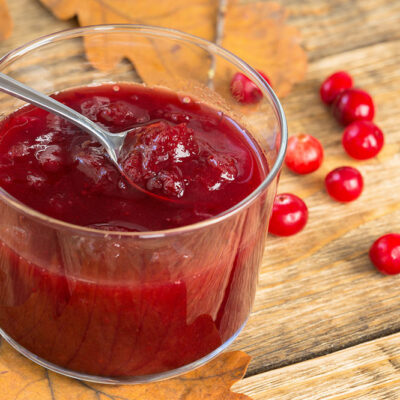
Health
4 Ways to Treat Pancreatic Cancer
When it’s about treatment options for pancreatic cancer, the cancer stage and its location are critical. While the initial goal may be to remove cancer, the goal may shift to improving the patient’s quality of life. Doctors may choose to focus on limiting the spread or limiting the damage. Several options are regarded as treatment, and these may include surgery, radiation, and therapy. 1. Surgery Surgery is one of the treatment options for pancreatic cancer. The extent or kind of surgery will depend on the positioning of the tumor. Head A Whipple procedure is generally recommended when the tumor is in the head of the pancreas. The surgeon decides the part of the pancreas that is to be removed and connects the rest, so the digestion process is minimally affected. Body and tail Distal pancreatectomy is when the left side of the pancreas is removed. Depending on the case, the surgeon may decide to remove the spleen too. Removal of pancreas Total pancreatectomy is recommended when the entire pancreas must be removed. While it is possible to survive without the pancreas, the patient may require enzyme replacements and insulin throughout his/her life. Surrounding blood vessels In certain advanced cancers, the surgeons may recommend pancreatic surgeries that take care of the surrounding blood vessels too.
Read More 















